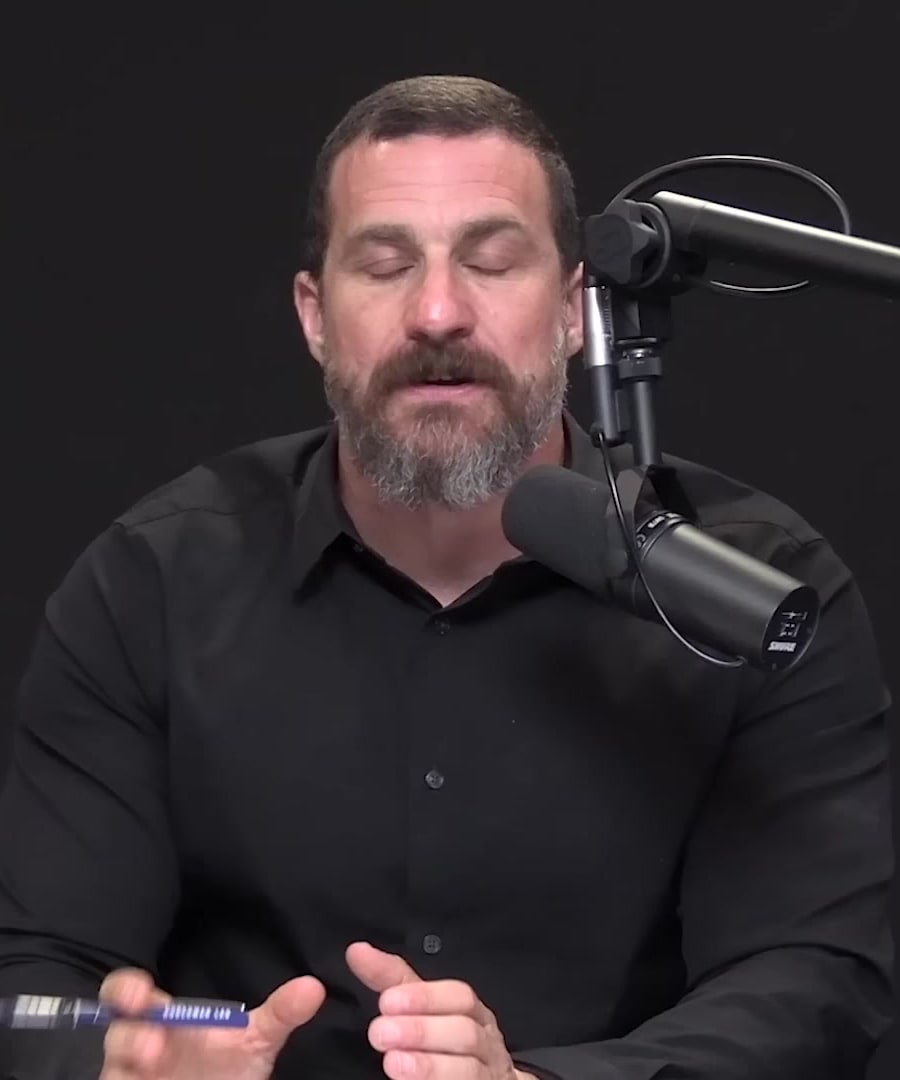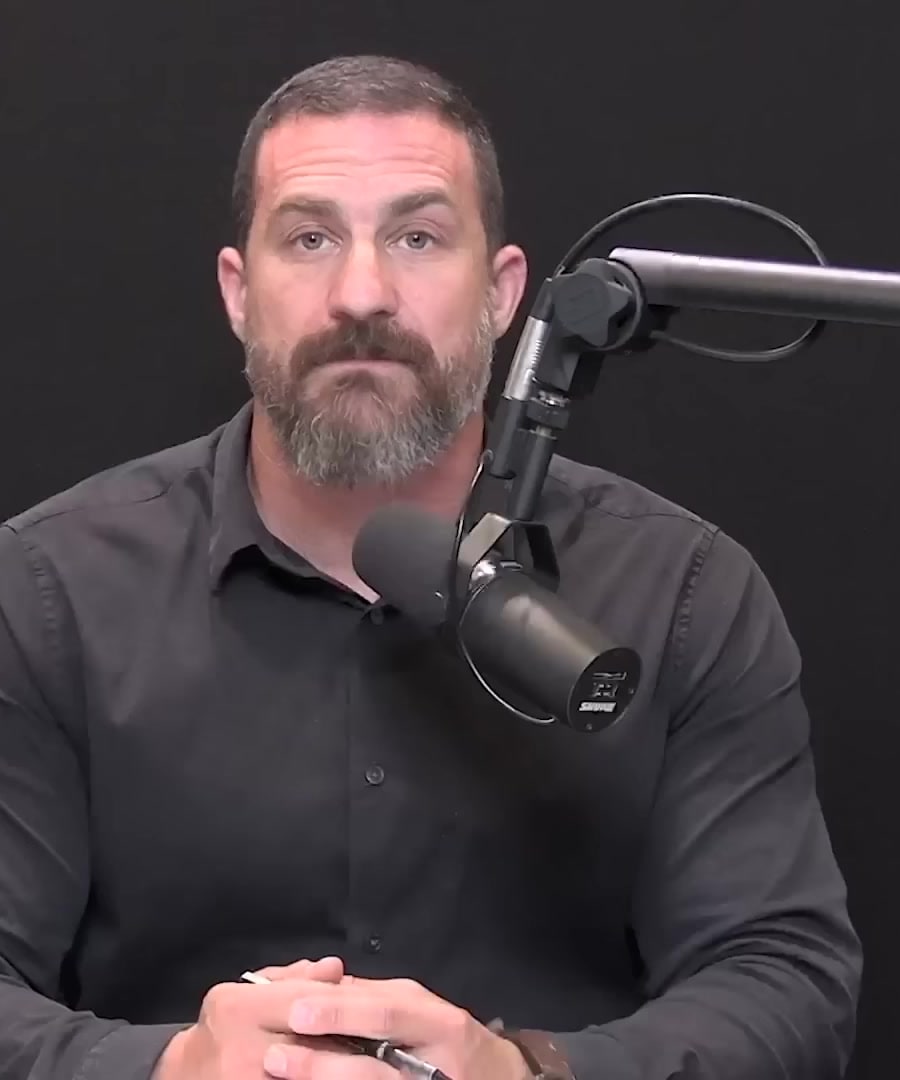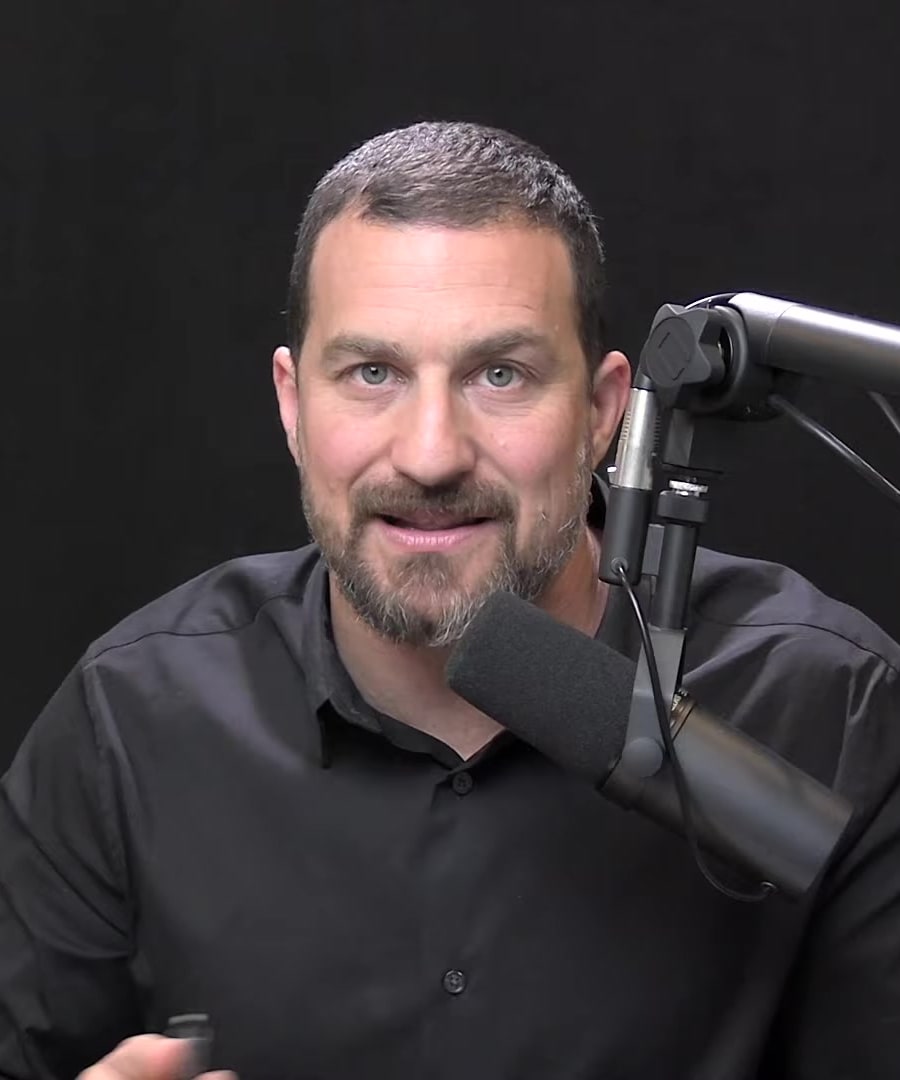Protocol for sleep apnea?
Sources:
For managing sleep apnea, discusses several behavioral interventions and practices that can be quite effective:
-
CPAP Device: A common treatment is using a CPAP device which involves wearing a face mask connected to a machine that helps maintain open airways during sleep.
-
Nasal Breathing: Transitioning to nasal breathing during sleep is emphasized. This can be practiced by taping the mouth shut with medical tape overnight to promote nasal breathing, which can help reduce snoring and sleep apnea.
-
Non-Sleep Deep Rest (NSDR) Protocols: NSDR protocols like yoga nidra and hypnosis can also be useful. These practices promote relaxation and can assist in managing anxiety, which often co-occurs with sleep disturbances like apnea.
-
Lifestyle Adjustments: General lifestyle adjustments such as ensuring proper sleep hygiene, managing weight, and regular physical activity are also recommended to support better sleep and reduce apnea symptoms.
These methods can help ameliorate the impact of sleep apnea by promoting better sleep quality and reducing the occurrence of breathing interruptions during sleep 1 2 3.
RELATED QUESTIONS-


